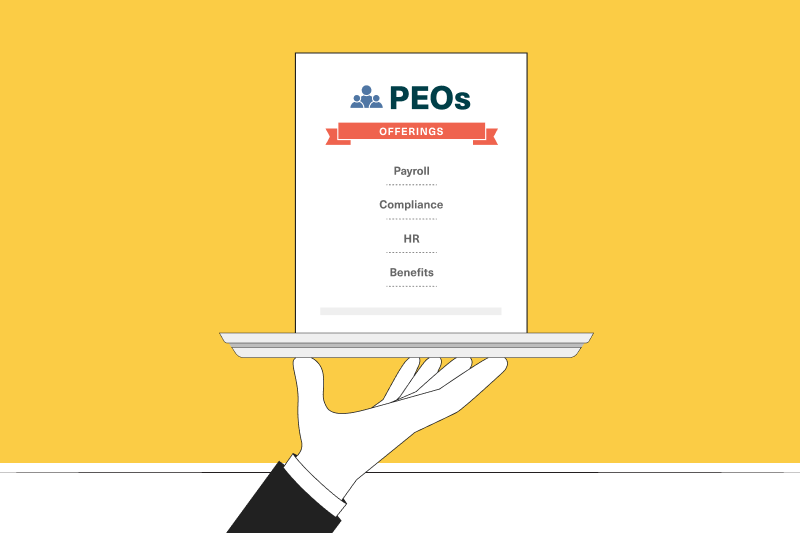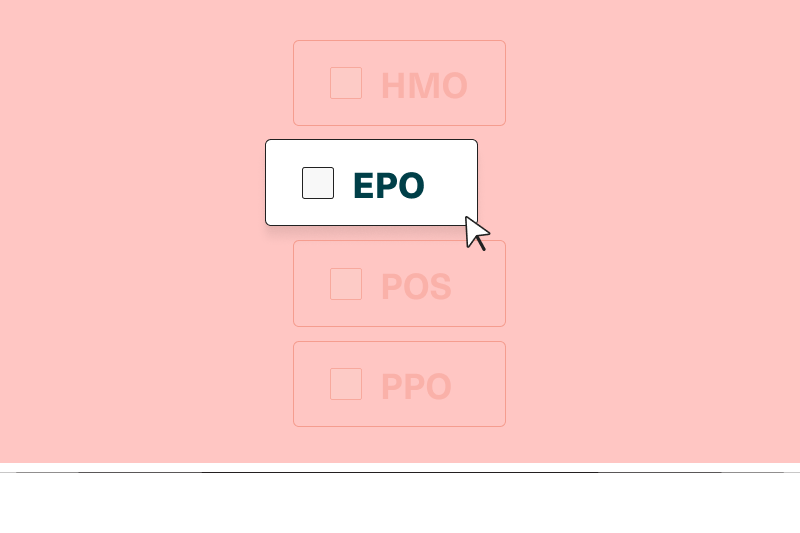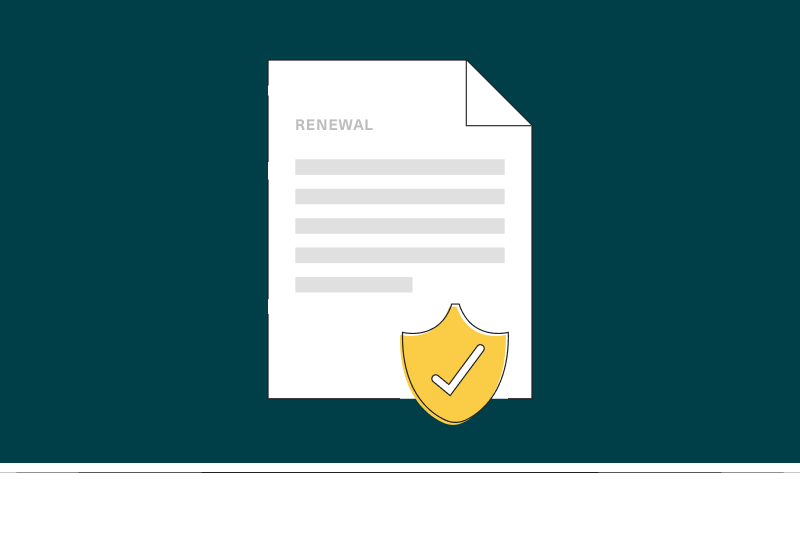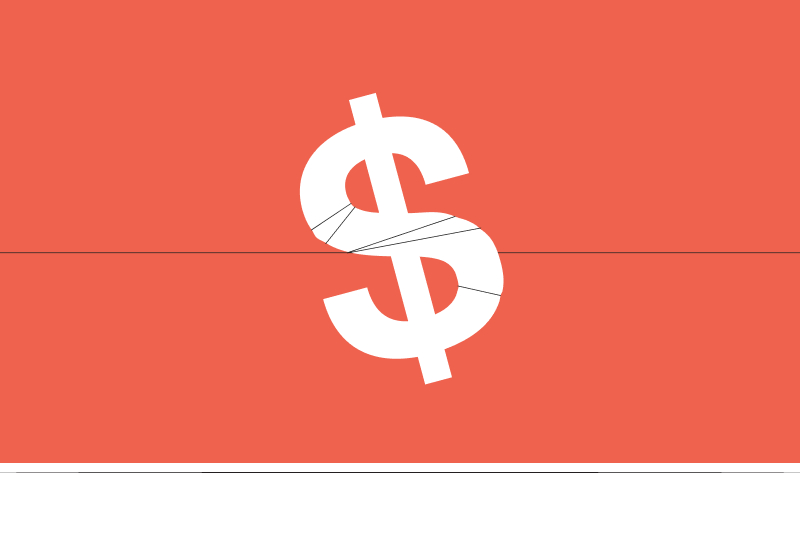Health insurance 101: Professional employer organization (PEO)

Are you a small or medium-sized business (SMB) struggling to provide quality health benefits to your employees while managing administrative burdens such as recruitment, hiring, payroll, and benefits administration? Partnering with a Professional Employer Organization (PEO) may help you meet these challenges. Below, we’ll cover everything you need to know about PEOs so you can decide if working with one makes sense for your business.
What is a PEO?
What is a PEO?PEOs can change the game for SMBs looking to reduce overhead, streamline operations, and access affordable small group health insurance.
A PEO is a third-party organization that partners with businesses to manage specific administrative tasks primarily related to human resources. Understanding the PEO’s role and benefits allows you to make informed decisions about optimizing your resources and managing your HR responsibilities.
Understanding PEOs and what they help manage
Understanding PEOsPEOs can provide SMBs with a comprehensive solution to various administrative challenges. To fully leverage their capabilities, it is crucial to recognize their role in the following key areas of your business operations:
Payroll
Managing payroll is one of the primary features of a PEO. This includes:
- Paying employees on time
- Handling tax withholdings
- Completing end-of-year tax forms
Benefits administration
PEOs help businesses design and manage employee benefits packages, which can include:
- Health insurance
- Retirement plans
- Wellness programs
- Employee assistance programs
- Service discounts
- Enrollments, changes, and terminations
Workers’ compensation
PEOs can process workers’ compensation claims for you. They can also help you get better rates for workers’ compensation insurance because they have collective bargaining power and industry knowledge.
Regulatory compliance
PEOs help you navigate employment laws and regulations. They use their expertise to help you stay compliant and avoid potential legal complications. This includes helping you adhere to labor laws and ensuring that employment practices are fair and nondiscriminatory.
Human resources management (HRM)
PEOs often also provide comprehensive HRM services, which include tasks such as:
- Creating and updating employee handbooks
- Managing onboarding and offboarding processes
- Handling employee complaints
- Helping with performance management
Risk management
Many PEOs have risk management experts who can help you identify potential risks and develop strategies to combat them. For example, they can help you create safety protocols or provide training sessions. They can also check for compliance with Occupational Safety and Health Administration (OSHA) regulations.
Employee training and development
PEOs may also offer training and development programs to help you invest in your employees. They give you access to training resources that you may not have access to otherwise, including:
- Technical training
- Soft skills development
- Compliance and regulatory training
- Cross-cultural training and language learning programs
- Personal development and wellness sessions
Recruitment and hiring
Some PEOs also help with recruitment efforts by:
- Posting job listings
- Screening applicants
- Conducting interviews
- Managing the end-to-end hiring process
Legal consultations and support
Last but not least, PEOs often provide legal expertise and consultation on employment-related issues, including:
- Handling disputes
- Understanding updated labor laws
- Drafting compliant employment contracts
This legal support can be invaluable for small businesses, as they often don’t have access to the same legal resources that larger corporations do.
PEOs and health insurance: Pros and cons
PEOs and health insurance: Pros and consHealthcare costs are rising and as a result, businesses are always seeking more efficient and cost-effective ways to provide quality health benefits to their employees.
PEOs offer a streamlined approach to health insurance management. But like any solution, group health insurance through PEOs has pros and cons.
Pros
PEOs offer numerous advantages that can help your business access affordable health insurance and relieve administrative burdens.
Economies of scale
The term “economies of scale” refers to lowering the cost of a service or good by consolidating effort or volume. In health insurance, this means that the greater the number of businesses that pool together, the lower their healthcare costs will be.
PEOs pool together employees from various small businesses, which increases their purchasing power when negotiating health insurance rates. The cost of benefits gets spread out across more employees, and can lower your cost per employee.
This means you can access more competitive premium rates and a wider variety of coverage options than you might secure on your own. You can offer your employees high-quality healthcare plans without breaking the bank.
Administrative relief
Managing health insurance can be time-consuming and labor-intensive, especially if your HR resources are limited. PEOs do all the heavy lifting of benefits administration, freeing up precious time for you to focus on other important areas of your business. They reduce your administrative burdens, minimizing the risk of health insurance management errors.
Compliance support
Staying compliant with ever-changing healthcare regulations can be a challenge for many small businesses. PEOs provide experts in the latest healthcare regulations and laws. They make sure the healthcare plans you offer align with current legal requirements. They also help you navigate the complexities of the Affordable Care Act (ACA) and other health insurance mandates — an invaluable resource.
Access to a wider range of benefits
While many PEOs offer basic health insurance, they also have relationships with providers that allow them to provide many additional benefits, such as:
- Dental benefits
- Vision plans
- Wellness programs
Partnering with a PEO allows you to offer robust, competitive benefits packages like those of larger corporations. Such diverse benefits packages can help you attract and retain top talent in a competitive market and increase job satisfaction.
Cons
While PEOs offer notable advantages, they also come with their own set of disadvantages.
Potential loss of control and flexibility
Since you hand over the reins of benefits administration when partnering with a PEO, you often have to give up some decision-making power regarding your benefits offerings. The PEO may predetermine specific health insurance plans, coverage options, and even providers. You may have limited flexibility to tailor your offerings to the unique needs of your business or workforce.
Cost of services
While PEOs can offer economies of scale, you do have to pay for their services. PEO fees can sometimes be substantial, especially if you’re a very small business. These fees can add up over time, and the cost savings from group rates might not always make up for the expense. In some cases, you may end up paying more overall to provide health benefits.
Group rate fluctuations
Because PEOs are rated based on a “pool” versus individually, your pooled group rates could go up even if your group’s claims are low. So depending on your group, pooling could hurt or help come time for renewal. Additionally, most PEO plans renew on 1/1 so depending on when your group joins the PEO, your first renewal could come quickly and be more pricey than you had anticipated.
Lack of personalization
Since PEOs serve multiple businesses and pool them together, your unique culture, values, and needs may get lost in the shuffle. PEOs are more efficient, but you may have to sacrifice personalized attention and customization in exchange. This can lead to a one-size-fits-all approach to benefits that may not meet the needs of every employee.
Long-term commitment
Finally, many PEOs require businesses to enter into extended contracts. If you decide that the PEO isn’t the best fit for your business or find a better alternative, you may have to jump through hoops or pay a costly sum to break the contract.
How to determine if you need a PEO for your small business
How to determine if you need a PEO for your small businessBesides looking at the pros and cons of a PEO, you also need to make sure it’s the right fit for your business. Ask yourself a few questions to determine if a PEO is the answer to your administrative challenges and employee needs.
How much time is my business spending on HR tasks?
If you find that you’re spending many hours on administrative duties like benefits administration, payroll, or compliance, you may need external assistance from a PEO. If your business operates efficiently with your current HR processes and manages administrative tasks easily, a PEO may not be necessary.
Do we have the expertise and capability to offer competitive benefits packages?
A business that struggles with negotiating favorable terms with payers or lacks the knowledge and expertise to curate attractive benefits might benefit from a PEO’s bargaining power and expertise.
If you have strong relationships with insurance providers, can negotiate favorable terms on your own, and have internal experts who can create and offer competitive benefits packages, a PEO might not add enough value to justify the cost.
Are we equipped to handle compliance and regulatory changes?
A PEO can be a valuable asset if your business struggles to keep up with the ever-changing employment regulations or doesn’t have a dedicated legal team. Conversely, if you have someone who keeps up with the latest regulatory changes and keeps you compliant, you don’t really need external assistance.
Is our business growing rapidly?
If you anticipate or are experiencing rapid expansion, evaluate whether your current internal HR processes can keep up. If not, a PEO might be the solution that keeps growth from compromising operational efficiency.
You might not need a PEO if you have no issues with employee onboarding, process transitions, and HR tasks amid rapid expansion.
How well are we managing employee-related issues and concerns?
Frequent employee concerns and disputes or a high turnover rate may indicate gaps in your HR management. A PEO can fill in those gaps. If you have a strong internal HR team that fosters a positive work environment and addresses concerns promptly, you may not need a PEO’s intervention.
How PEOs work with health insurance providers
How PEOs work with health insurance providersAs a small business, you have access to a diverse variety of plan types, some of which work well with PEOs. Understanding how they interact with one another can help you decide if PEOs are right for your business and employees.
Fully insured plans
Traditional fully insured plans are the most common type of health insurance in which you pay a premium to the insurance carrier. PEOs typically have pre negotiated rates with insurance carriers for these plans.
They also manage the relationship between you and the payer and handle all administrative tasks. This means you can access better premium rates and reduce administrative burden.
Self-funded plans
In self-funded plans — also known as self-insured plans — you take on the financial risk of providing health insurance to your employees and pay for medical claims out of pocket. A PEO provides invaluable support by providing third-party administrative services and offering risk management insights so you can set aside appropriate funds for anticipated claims.
Level-funded plans: How Sana works with PEOs
Sana is a level-funded plan that combines the cost savings of a self-funded plan with the financial stability of fully insured plans. You pay a set monthly premium to Sana, part of which goes into a claims fund. If your claims exceed the amount in the fund, stop-loss insurance covers the excess. And if your monthly premium is higher than the total of claims you paid, you get refunded based on a few factors including your total annual spend.
It’s easy to use Sana as your health benefits provider and keep your PEO to manage your payroll and administrative tasks. Sana can accept an automated file feed directly from your PEO or your plan administrator can manually update enrollments in the Sana portal. You can also enroll in Sana through the Sana portal and upload your benefits enrollment information into your PEO to align with your payroll.
If you choose to leave your PEO, Sana can keep you covered with a full suite of benefits.
Related: Self-Funded vs. Level-Funded plans: What’s the Difference?
Health maintenance organizations (HMOs) and preferred provider organizations (PPOs)
In an HMO, members select a primary care physician (PCP) to receive services from, and the PCP provides referrals for specialists. PPOs are like a more flexible form of HMOs. They allow members to see any doctor or specialist they want without a referral, even if they’re out of network. But staying in-network typically keeps their out-of-pocket costs lower.
When PPOs and HMOs partner with a PEO, they get access to the PEO’s established network of PCPs and specialists. The PEO also handles the administrative side and provides educational resources to employees.
Professional employer organization FAQs
FAQsScooping is an unethical PEO practice in which a PEO charges their agreed-upon percentage of an employee’s full salary, pays the government the required taxes on the lower, post-deduction salary, and then pockets the remaining money. Put simply, they take a larger cut than what they told you.
A certified PEO (CPEO) is a PEO that has met rigorous regulations established by the IRS and received certification through their CPEO program. You can get certain protections and tax benefits from partnering with a CPEO.
No, you don’t. While a broker can save you a lot of time and effort by using their industry expertise to help you find the best PEO for you, you can work with a PEO independently.






